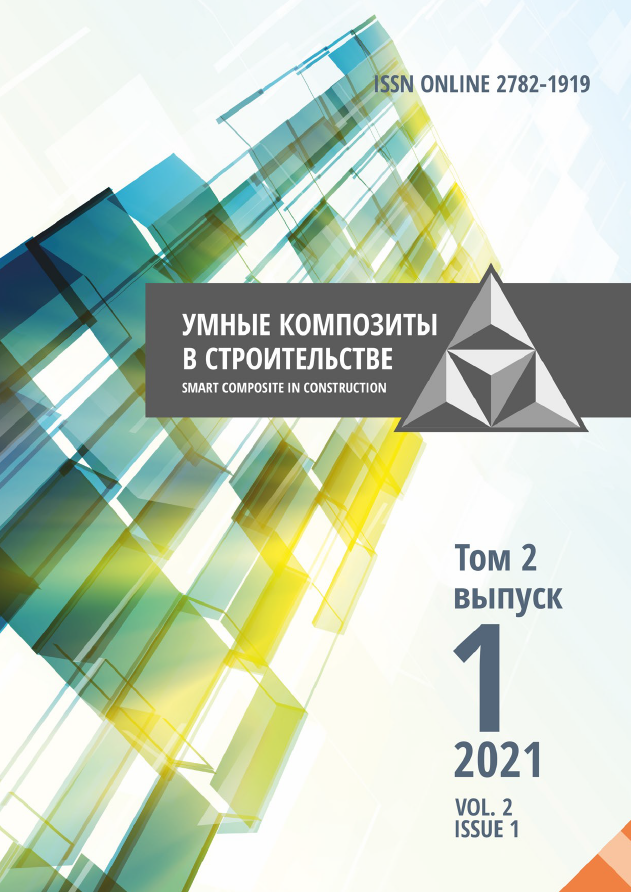Yaroslavl, Yaroslavl, Russian Federation
UDC 725.76
The paper considers a phenomenon that is becoming more and more entrenched in Russian society, namely, the desire for suburban life. For this paper, it does not mean the traditional cottage development in its different forms. On the contrary, it considers the creation of ecoparks, eco-villages and eco-tourism centers, which have recently started to appear across Russia. Presented research is at an early stage and has a clear interdisciplinary character. It is at the intersection of sociology, history, culture, architecture, construction technology, engineering trends and environmental design. The article identifies some promising directions of Russian and Western European architectural, technical, and figurative-symbolic trends in addressing practical design issues, based on historical and cultural studies in different countries. The author specifically notes wood as the most rational and at the same time traditional material for the construction of load-bearing and enclosing structures, as well as decorative and symbolic elements. But this practice will likely lead to similar and already existing scenarios. But at the same time, international experience in this area shows various innovative ways of creating volumes of buildings for suburban eco-life temporarily or permanently. The paper questions the architectural forms and technologies to be developed across Russia and its dependence on the specific place in terms of history and the surrounding landscape. It is proposed to study the problem in depth to identify useful historical and theoretical aspects and constructive and technical means, which will help to develop a methodology for creating visually harmonious, aesthetically acceptable and rational options for the realization of countryside buildings and complexes on the territory of ecovillages, natural tourist centers and eco-parks.
eco-park, eco-village, national identity, visual ecology, wooden constructions, humanization of architecture, visually ecological forms, sustainable architecture.
1. Efimov A.V., Minervin G.B., Shimko V.T. [et al.]. Design of Architectural Environment: Textbook for universities. M. 2005. 504 p. (in Russian).
2. Kenozerskie Chteniya-2016. Wooden Architecture in the Cultural Landscape: Challenges of Modernity: Collection of materials of the International Scientific and Practical Conference. Arkhangelsk. 2017. 459 p. (in Russian).
3. Norberg-SHul'c Kristian. The meaning is in architecture. Proekt International. 2011. N 30. P. 182-192. (in Russian).
4. Skotte Hans. The State of Identity in Modern Architecture. Proekt International. 2011. N 30. P. 193-197. (in Russian).
5. Troshina M. Wooden Suomi. Proekt International. 2017. No 43. P. 89-139. (in Russian).







